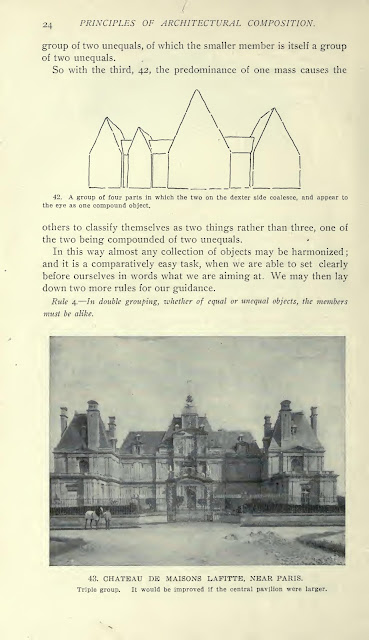Thứ Ba, 23 tháng 10, 2018
Share Resort Planning & Design Manual.pdf - 58 MB
Share Japanese Gardens.pdf - 59 MB
Share Japanese Gardens.pdf - 59 MB
Japanese Gardens
THÔNG TIN CHI TIẾT:
Tác giả: Taschen
Năm
xuất bản: 2003
Số
trang: 240
Định
dạng: PDF
Ngôn
ngữ: Tiếng Anh
JAPANESE GARDENS
The Japanese garden is not simply nature, not
simply “self-created”, as the literal translation of the Japanese word for
nature-shizen – would have us believe. The Japanese garden is and has always
been nature crafted by man. It belongs to realm of architecture and is, at its
best, nature as art.
The Japanese garden
displays this same figurative symbiosis of the right angle and natural form in
ever new variations throughout the five major epochs of its history. In his
seminal essay on Japanese design, Walter Dodd Ramberg expresses his view that
beauty is perceived and venerated in Japan either as a property of natural
accident or as the perfection of man-made type. In Shintoism, the oldest native
Japanese religion, the unique or extraordinary in nature is often venerated as
go-shintai, the abode of a deity Go-shintai may be an unusually-shaped rock, a
tree weathered over the centuries, a strikingly jagged mountain da water-fall
of rare shape or size. In later periods of Japanese history artists made
deliberate use of the beauty of natural chance, as revealed in the
sophisticated flaws of their pottery glazing and the splashes in their
calligraphy.
Theo EGO Group
Chủ Nhật, 14 tháng 10, 2018
COMPOSITION
Đăng ký:
Bài đăng (Atom)




















































































































































